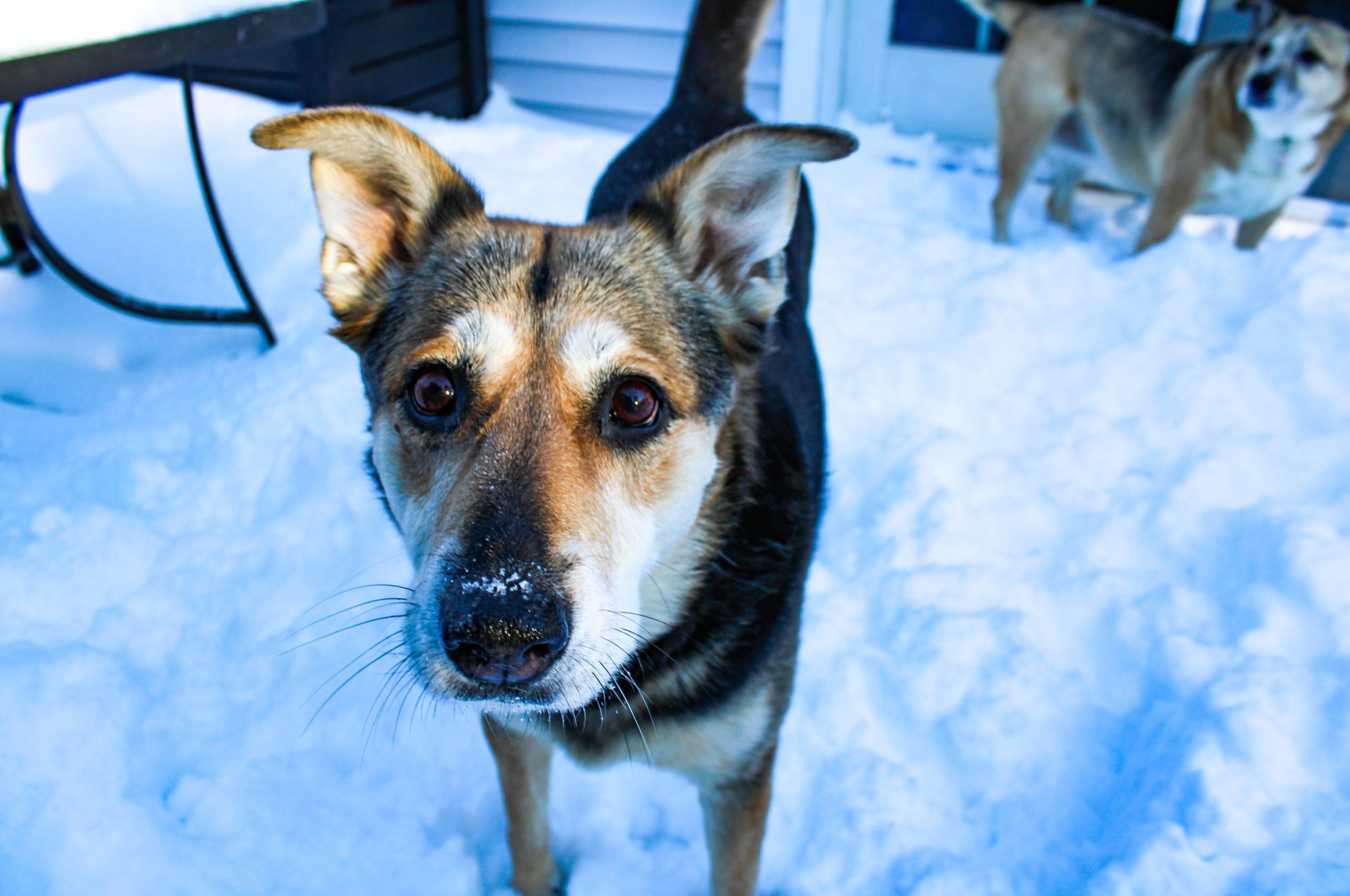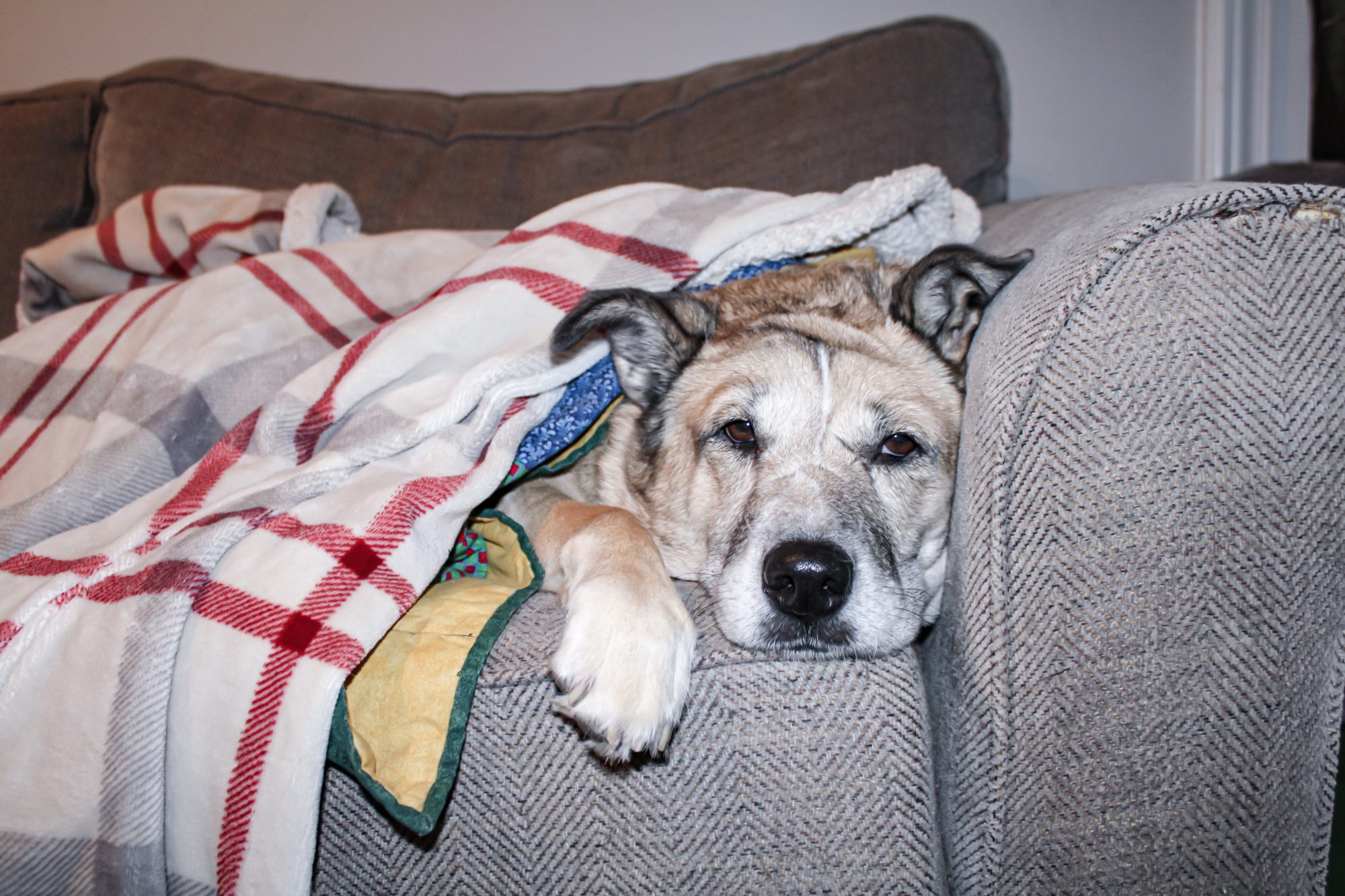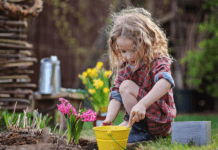I recently discovered that January is National Train Your Dog Month. I guess we have celebration months and awareness days for everything now? But while the number of awareness days and months borders on ridiculous at times (did you know National Squirrel Appreciation Day is January 21st?!), this particular issue is one near and dear to my heart.
I’ve shared my entire life with many amazing four-legged family members, including several foster dogs. I’ve also spent years volunteering in other roles within the rescue community. My experience with rescue specifically has made me acutely aware of how essential providing adequate training for dogs is.
My dogs have always received, at minimum, basic puppy kindergarten (for those unfamiliar with the concept, this is a basic sit, stay, roll over variety of training classes). Some of my dogs have received much more. I have almost taken training for granted because we’ve always provided it. But rescue work has proven to me that my experience isn’t universal.
While small dogs seem particularly prone to being let off the hook for training, I’ve seen it with all sizes and breeds. Teaching a dog to sit or lay down isn’t about control or only about having them do fun tricks. It isn’t even just about bonding or having a well-behaved dog. It is also about safety.
Teaching your dog roll over isn’t just a game; it is preparation for a day when you need to check their belly for injury or signs of illness. Giving a paw or high five is essential for the same reason, plus nail cutting. Many dogs don’t like their paws being handled, so early exposure is vital to caring for your pup.
Training isn’t just about teaching the dog; it is about teaching their human how to interact and provide structure for their fur baby.
Dogs, like children, aren’t born knowing everything they need to know. They have to learn and, often, need to be explicitly taught. And, like children without nurturing boundaries enforced by caregivers, dogs without training and expectations can be absolutely out of control. When this happens, as with children, the failure lies on the caregivers, not the dog.

A dog who lacks training may not listen to their people, but it can be a lot worse. Some may jump on people (which, for large dogs, often means knocking them over) or drag their people on leashed walks. The worst-case scenario can involve injuring themselves or someone else. Unfortunately, my decades-long experience with canines of all varieties suggests this outcome is not uncommon for those who lack sufficient structure and training (of course, lack of training also frequently goes along with other risk factors that may increase the likelihood of adverse outcomes, but that is a topic for another day).
Because of their lack of manners and tendency to ‘get in trouble,’ dogs who lack boundaries are more at risk of being abandoned, surrendered to a shelter, or even euthanized due to posing a threat to others.
I’ve worked with far too many amazing dogs who have been turned over due to ‘too much energy’ (i.e., failure to provide enough intellectual and physical stimulation) or being ‘out of control’ (frequently meaning jumping on people, not walking well on a leash, jumping on counters, stealing food, and a whole lot of other rude behavior that can be managed by proactive training).


Training becomes even more vital when you mix kids and dogs.
And that training applies to the dogs and the kids. Kids need to know that you shouldn’t pull tails, ears, or fur, scream in a dog’s face, or corner dogs without a route to escape. Dogs shouldn’t steal food from kids’ hands, chase children (think prey drive), or jump and knock kids over. Failure to work with your dog(s) and kids on respect for one another can easily end in disaster.
Ultimately we bring dogs into our families because they bring us joy. By providing training, we enhance our bond and make our time with them enjoyable.




















